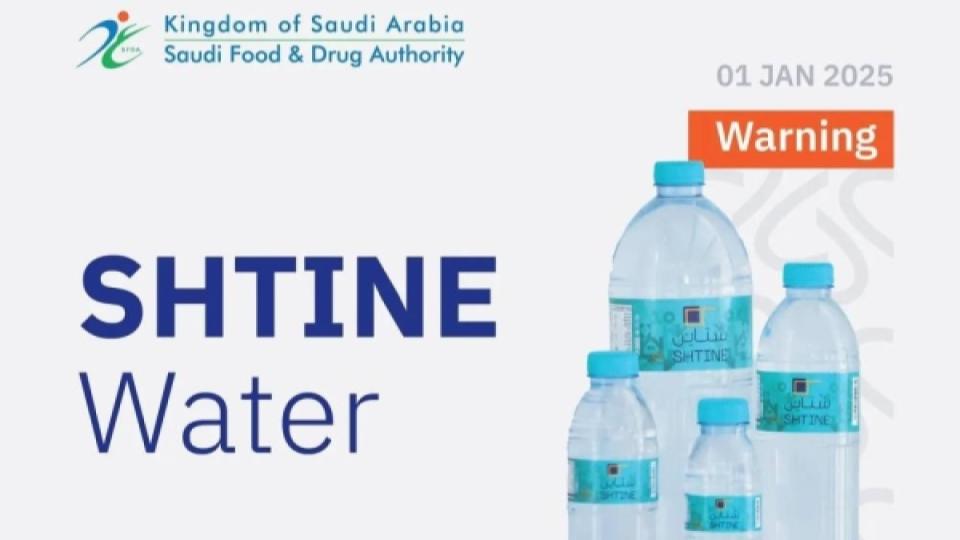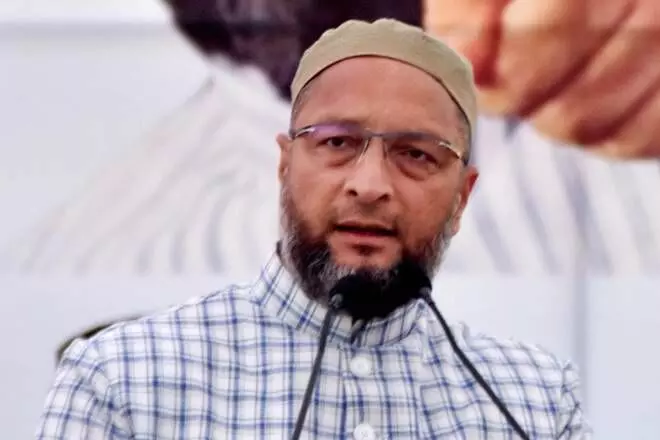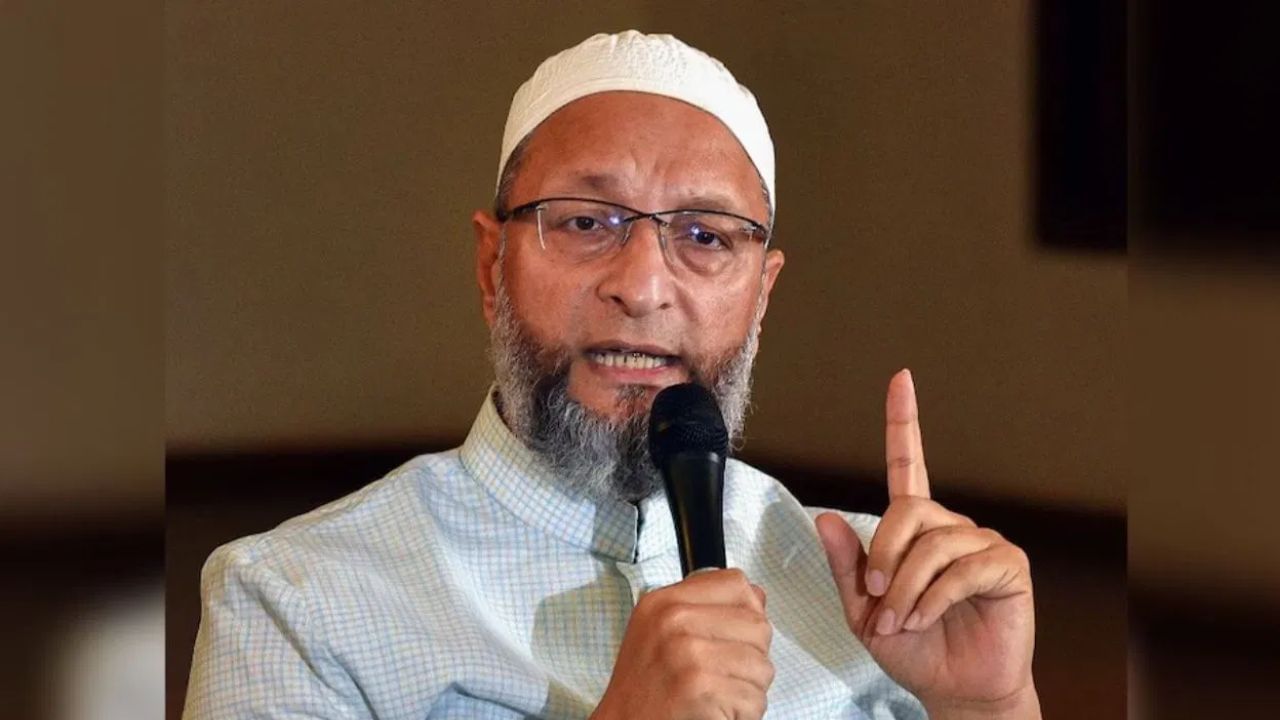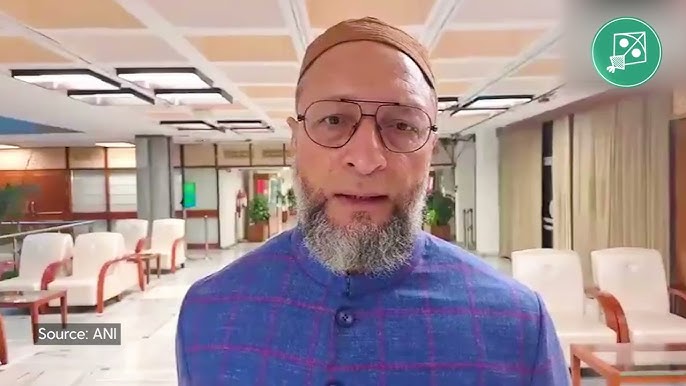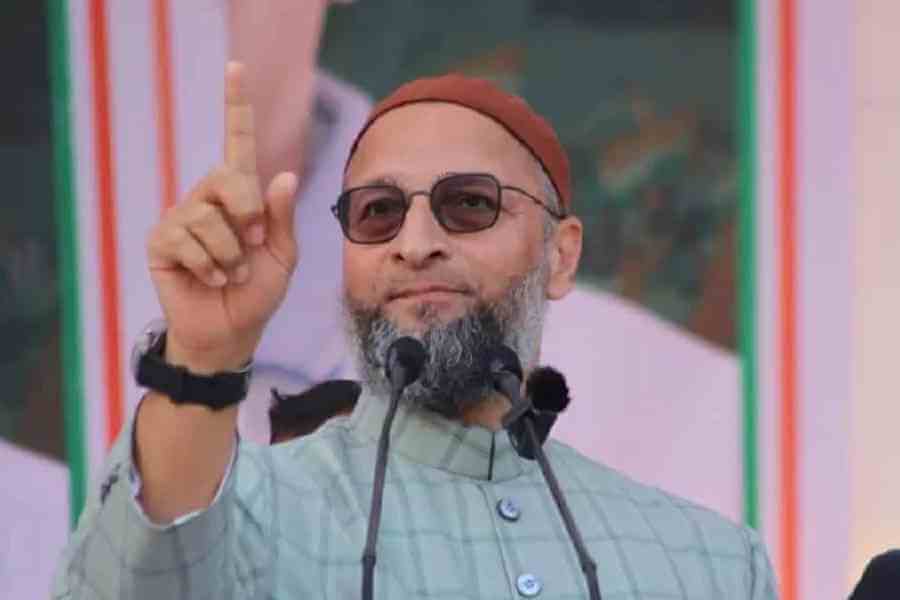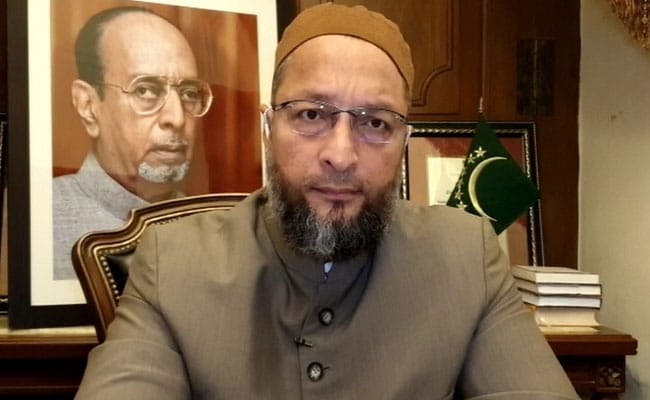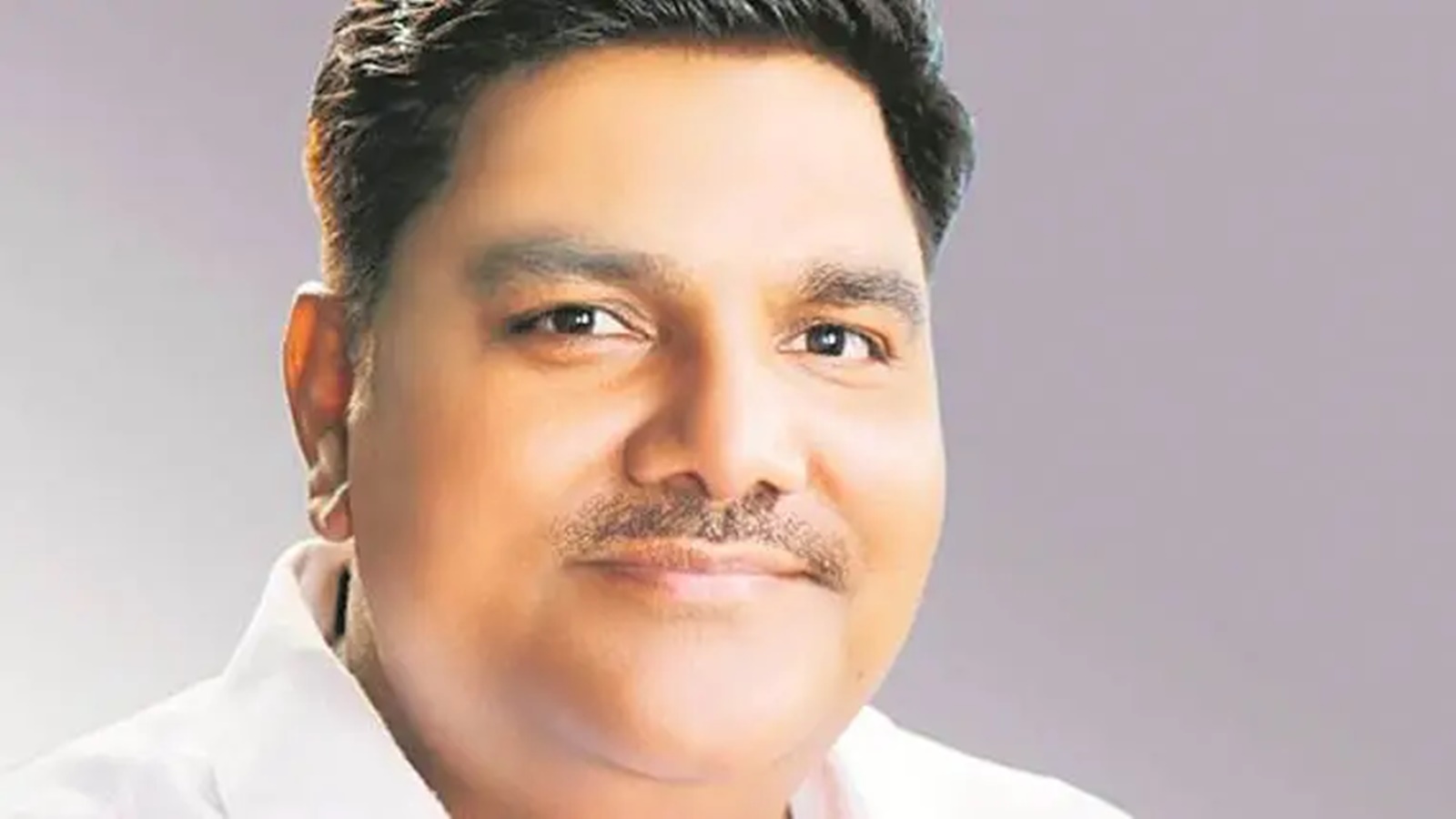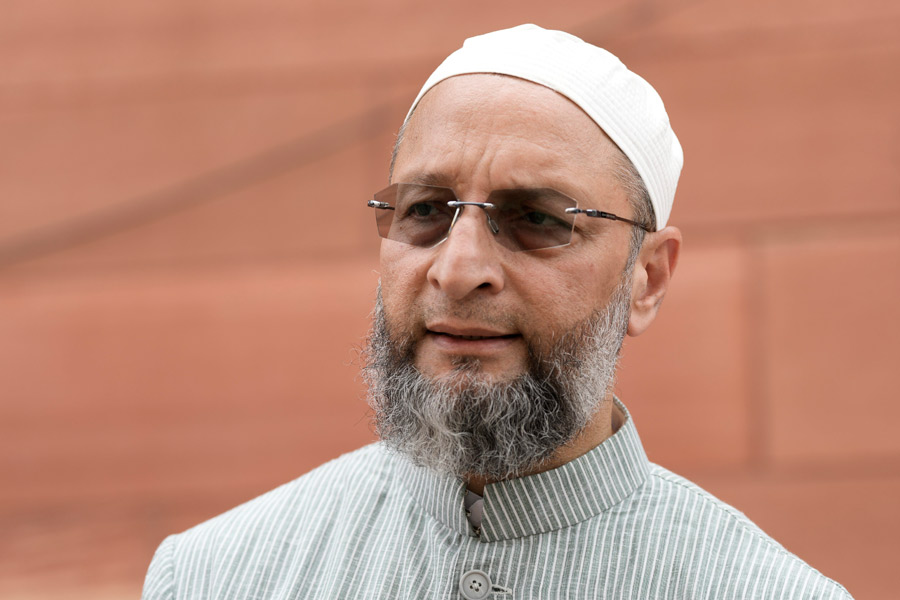PM Narendra Modi to visit Pune's Serum Institute on Saturday
.jpg)
Days after his meeting with chief ministers on their states' respective preparedness for the distribution of Covid-19 vaccine, Prime Minister Narendra Modi will visit the Pune-based Serum Institute of India on Saturday. The SII has partnered with global pharma giant AstraZeneca and Oxford University to develop a Covid-19 vaccine. His schedule from 12.30pm to 2.30pm has been finalised and conveyed to the Pune district administration. The PM is expected to review the status of the vaccine candidate and learn about its launch, production and distribution mechanisms.
Pune District Collector Rajesh Deshmukh told The Free Press Journal, “The PM will arrive at Pune airport and from there, take a chopper to the Serum Institute. After his visit, he will fly to Hyderabad from Pune airport.’’
Modi will later visit Bharat Biotech, which is working on Covaxin, being pitched as India's first indigenous vaccine candidate.
Two days ago, during a video conference with CMs, PM Modi had said it was not yet known which vaccine would be launched in India and at what price, but had urged states to
work with the government to keep distribution infrastructure such as cold storage ready.
The Central Drug Standard Control Organisation has granted permission for the manufacture of Covid-19 vaccine for pre-clinical test, examination and analysis to seven firms, two of which are the Serum Institute of India (SII) and the Gennova Biopharmaceuticals.
A week ago, CEO and owner of the SII Adar Poonawalla had said that 300-400 million doses of Oxford vaccine would be available by the first quarter of 2021 and it will be priced at Rs500-600 for the general public.
For increased distribution of the Covid-19 vaccine, Poonawalla said, "As many private players will have to be brought in to partner with the government for enhanced distribution of the vaccine. We see more of that happening". It would be 2024 by the time everyone willing to take a two-dose vaccine would be vaccinated and protected, he said.
According to Poonawalla, initially governments would have no choice but to pay these high prices. But eventually, with enough supply and alternatives, the prices would come down drastically.
AIMIM News
Owaisi slams UP over police post near Sambhal mosque
Owaisi hails SC order on Places of Worship Act
AAP Corporator Tahir Hussain joins AIMIM party
Latest Urdu News
Most Viewed
Do you think AAP will perform better in Delhi polls without alliance?

.jpg)
.jpg)
.jpg)
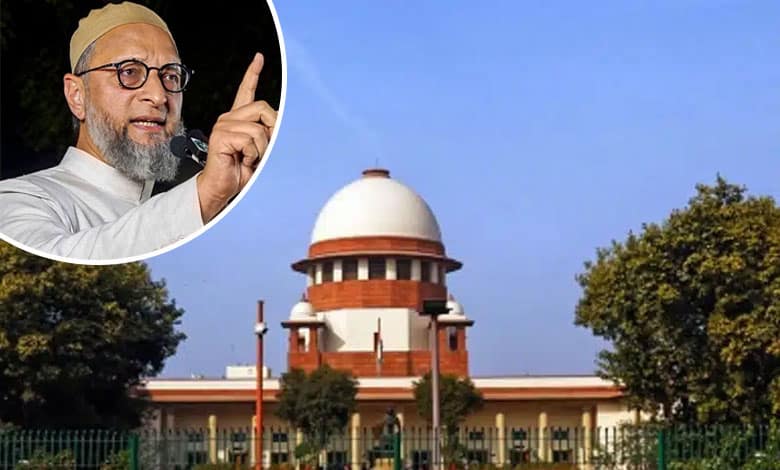

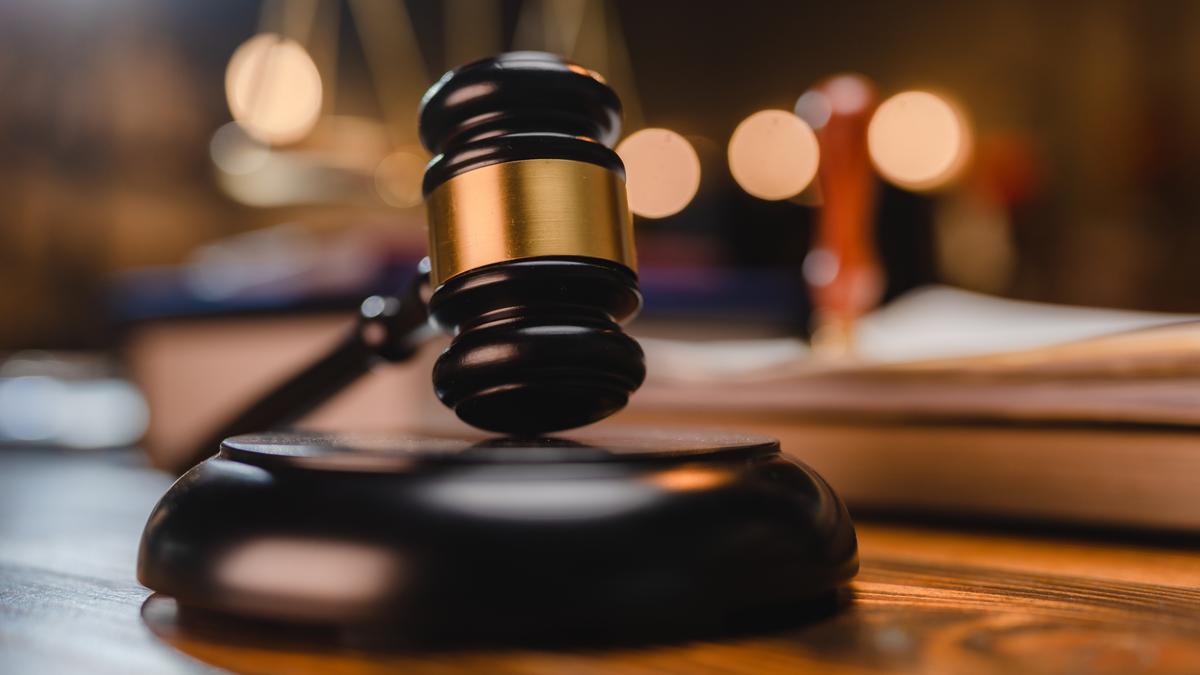
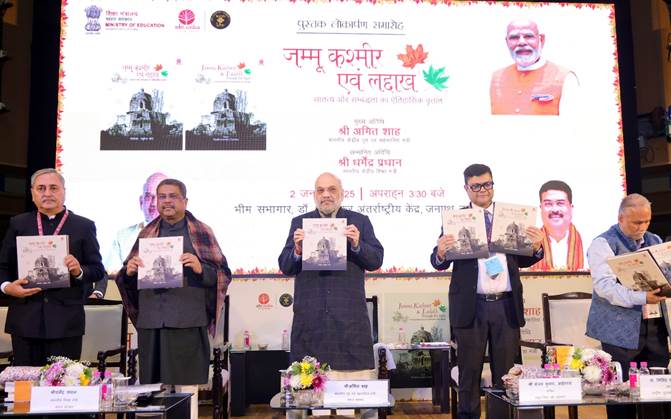
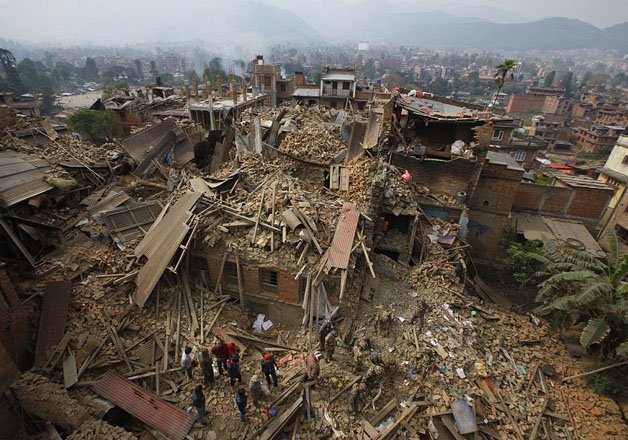
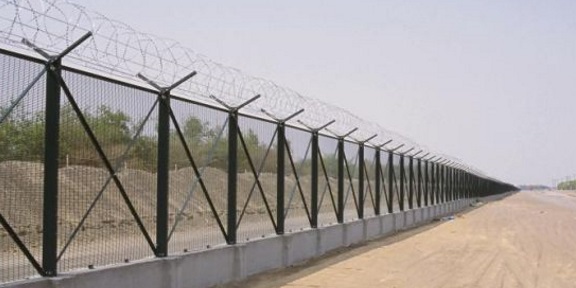
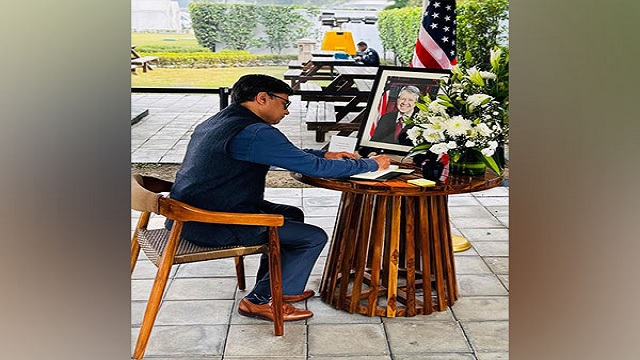
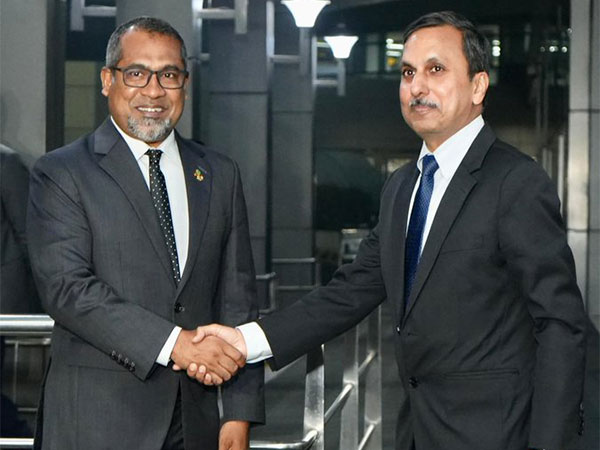
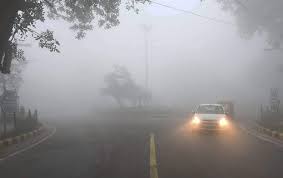
.jpg)
.jpg)
.jpg)
.jpg)
.jpg)
.jpg)
.jpg)
.jpg)
.jpg)
.jpg)
.jpg)
